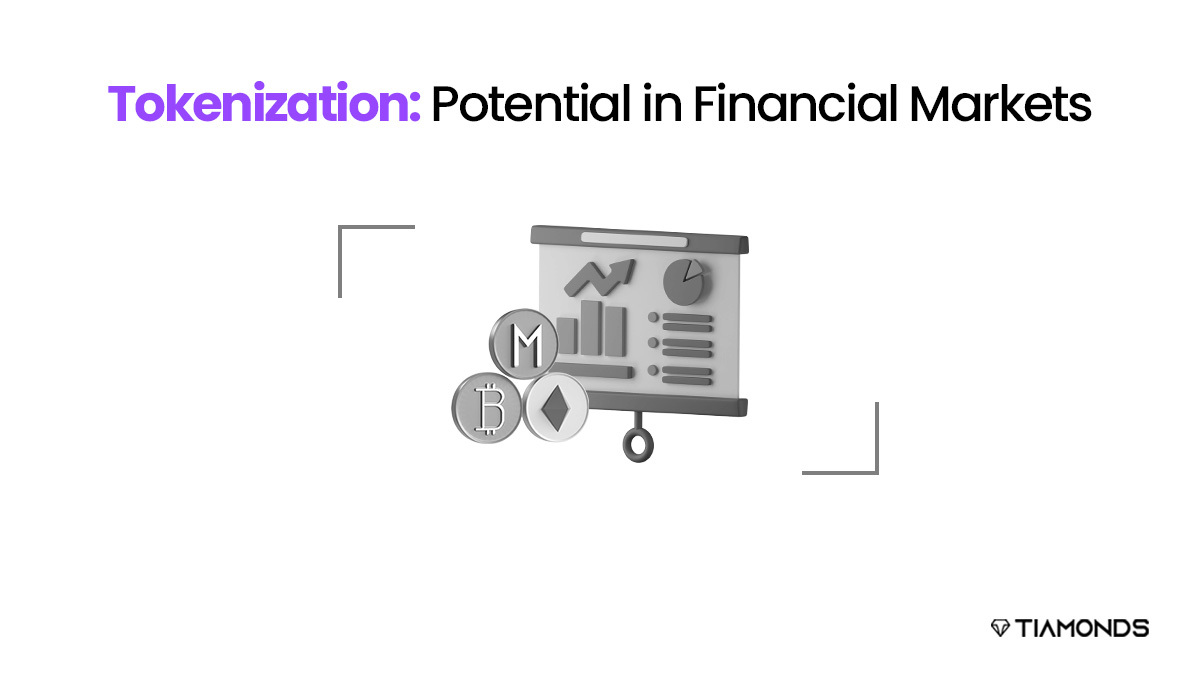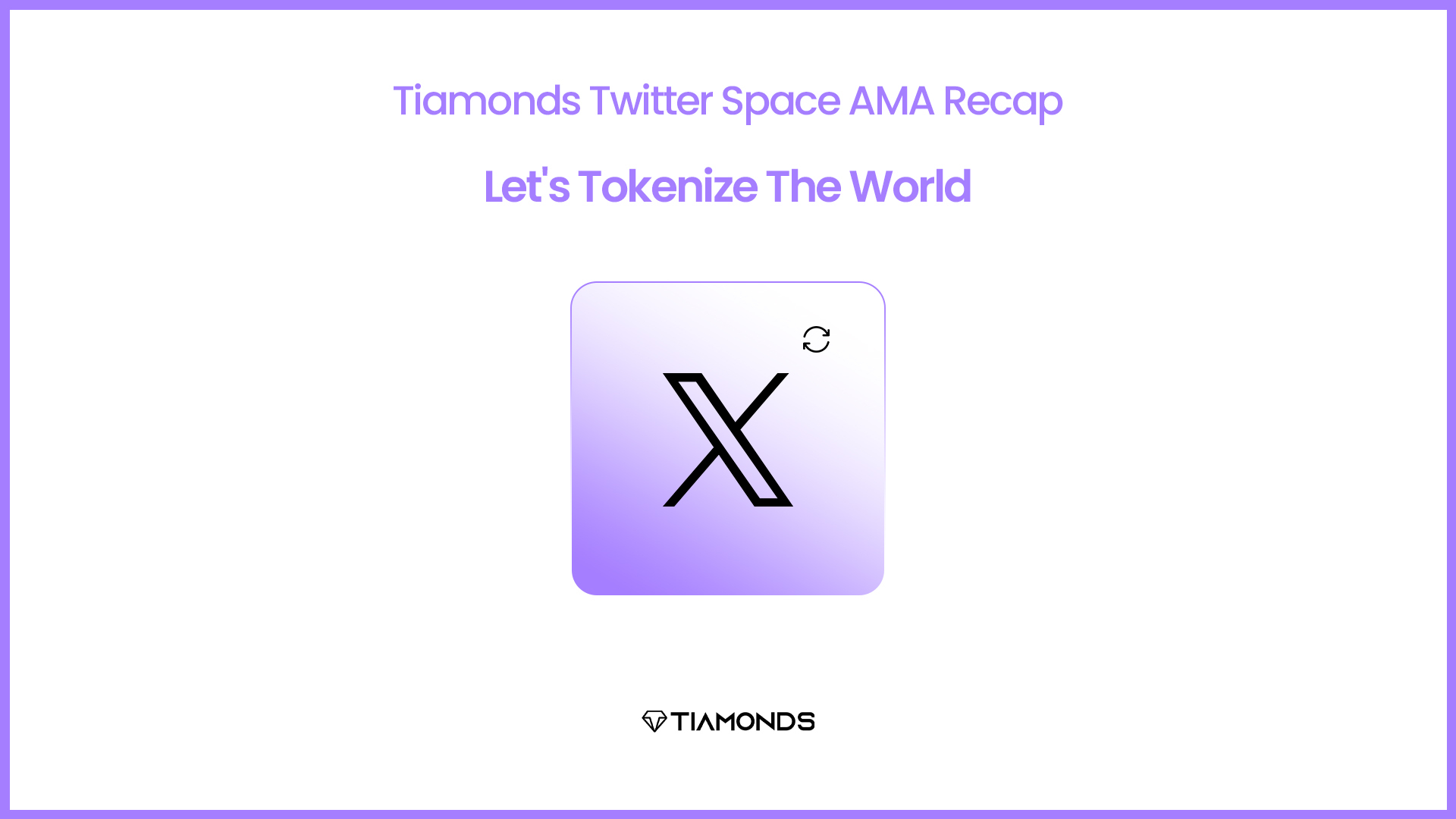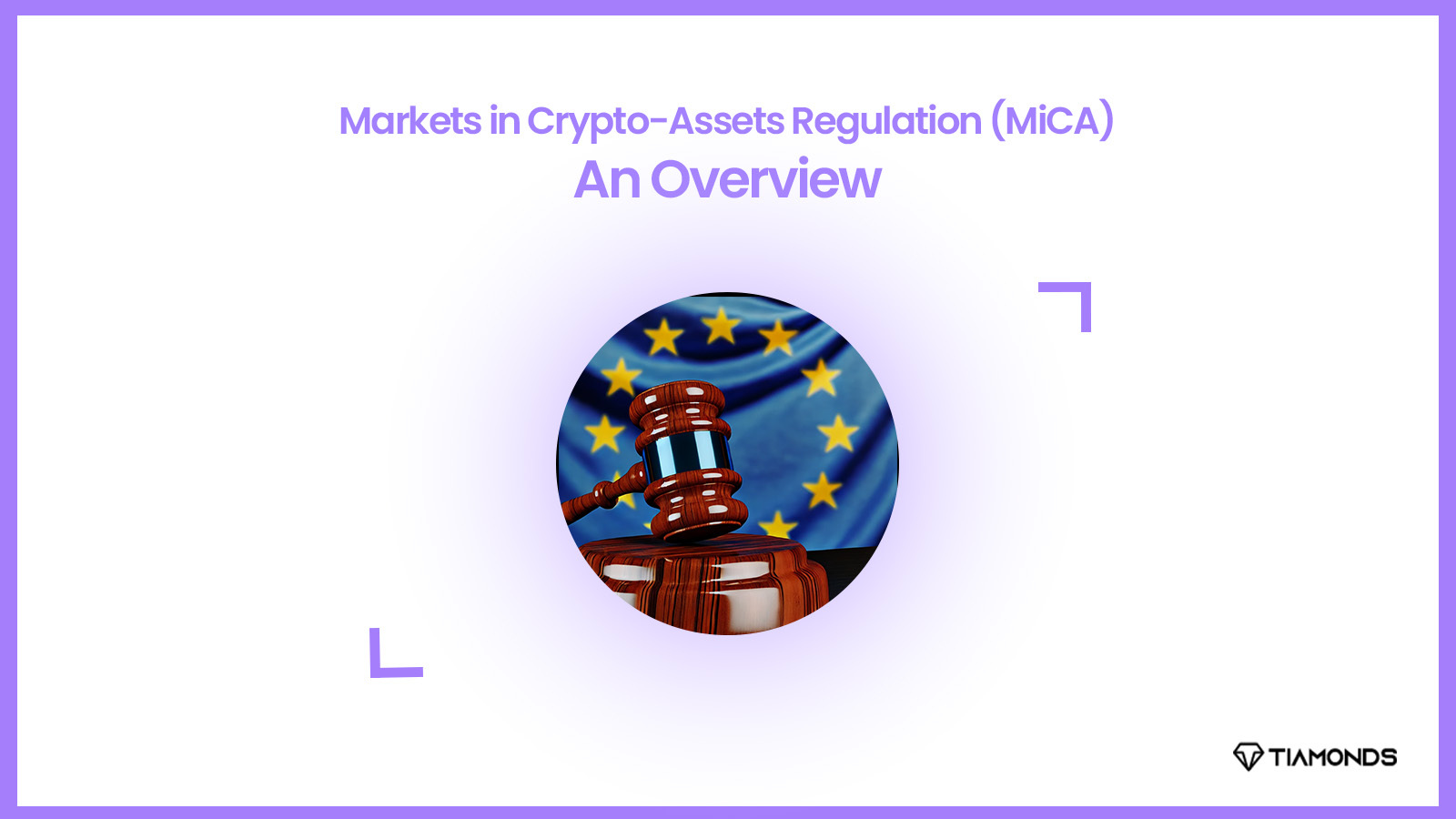Distributed ledger technologies (DLTs) have the potential to become an influential element of financial markets. Both in terms of financial products and the market structure supporting them. Tokenization of assets, which means putting digital copies of physical assets on distributed ledgers or giving out regular types of assets in tokenized form. It is a key part of this technology’s revolutionary potential. Though the technology and practice of tokenization in the financial markets are in their infancy. Its possible benefits include: efficiency improvements driven by digitization and disintermediation; transparency; enhanced liquidity and tradability of assets. Along with near-absent flexibility; and potentially faster and more efficient clearing and settlement.
The growing popularity of blockchain and other distributed ledger technologies (DLTs). Their application in financial markets can facilitate the exchange of value without a trusted central authority or intermediary (e.g., government, bank). The tokenization of assets entails the issuance on the blockchain of digital tokens signifying physical assets. Any actual asset can potentially be placed on the blockchain, making the future scope of asset tokenization limitless.
Tokenization in the Financial Markets – Existing Off-chain Real Assets
Tokenization is the process of representing a physical asset digitally on a distributed ledger. It is the digital representation of traditional assets, such as financial instruments, a collateral basket, or actual assets. Asset tokenization in the financial markets and in general entails representing pre-existing real assets on the blockchain by linking. While embedding the financial value as well as rights obtained from these assets into digital tokens generated on the blockchain.
Tokens issued as a result of asset tokenization exist on the blockchain and bear the rights of the assets that they symbolise This serves as a store of value. Real assets that back the tokens continue to exist in the “off-chain” world. Physical real assets typically require custody to maintain continuous backing of the tokens. This highlights the increasing significance of asset custody in tokenization operations.
Communication between the “off-chain” (conventional financial market systems) and “on-chain” (blockchain) environments will be essential for assets that stay operational off-chain.
Tokenization of Native Blockchain Assets
There must be clear distinctions between tokenized assets that exist off-chain and “native” tokens on the blockchain. Tokens that are “native” are created immediately on-chain and exist solely on the ledger that is distributed. Examples of “native” tokens include Bitcoin and other cryptocurrencies and exchange tokens. “Native” tokens acquire their value from one another and are characterised by how they exist on the blockchain.
ICO-issued tokens are an additional example of “native” tokens. ICOs involve the development of digital tokens by entrepreneurs and giving them away to investors to be exchanged for funds for fundraising purposes. ICO tokens are generated within the blockchain and are not supported by a security or other asset that exists off-chain. Given that ICO-issued tokens are distinct from the traditional, off-chain portion of the market. This has significant ramifications for market makeup and governance.
Tokenization in the Financial Markets: Equity and Debt
The market views digitization of equities (equity and/or debt) as the industry with the most imminent development potential in terms of financial assets. The recent expectation surrounding tokens issued in largely unregulated ICOs and the growing number of ‘Security Token Offerings’ or STOs. Which have been marketed as a more “regulatory-compliant” successor to ICOs, as well as ‘Security Tokens’ representing existing securities on secondary DLT markets primarily drive this trend. Both of the mentioned classifications are personal by market participants. And the classification of a particular issuance as regulatory compliant is case-specific.
STOs issue DLT-based tokens to comply with the securities regulatory framework in the jurisdiction of issuance and the nations where the security is marketed to investors. Programmatic implementation of ownership and trading boundaries, such as with “programmable securities,”. These rules digitally represent the offering and the whole lifecycle of the security in the financial markets. STOs are self-defined because there is no officially recognized classification for these token offerings. Security Tokens, which are also self-defined. Traditional techniques (existing share certificates) have already issued tokenized versions of securities.
. With the intention of bringing these assets to the alternative on-chain market in digital form.
Conclusion
A potential development of tokenization in the financial markets and the resulting movement towards digital assets might influence trading by altering the market-making model. Which in turn could impact the volatility and liquidity of related markets, particularly during times of stress. A potential boom in tokenization could impact repo activity for the funding of positions and investments financing operations used as part of trading strategies. This allows for direct and faster unwinding of collateral, easier mobilisation of security across security pools, more efficient use of the balance sheet, and lower capital intensity. When it comes to liquidity, tokenization could be a sword with two sides.




